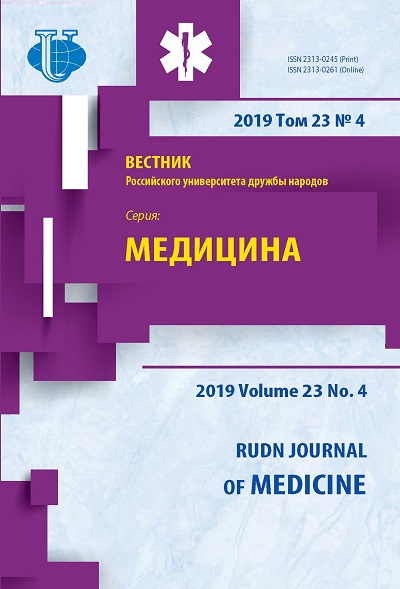Abstract
Orthodontic treatment planning is a practice that depends on the accuracy of teeth and dental arches’ size measurement. The purpose of the study is to compare the accuracy and the duration of teeth and dental arches’ measurement, utilizing different approaches from conventional plaster models to virtual 3D models obtained by intraoral and extraoral scanners. Fifteen patients were included in the study (7 males, 8 females, mean age 21.7 ± 0.7 years), with a moderate anterior teeth crowding and class I Angle’s classification of malocclusion. Plaster models, as well as virtual 3D scans were obtained by intraoral and extraoral scanners prior to the orthodontic treatment, crown sizes of incisors, transverse and longitudinal sizes of dentitions, as well as the length of dental arches’ segments were measured, the duration of each measurement was also evaluated. Material and Methods: groups were allocated according to the four different ways the measurements were obtained: 1) biometric measurements on plaster models of the jaws; 2) virtual 3D data of the dentition using intraoral scanner; 3) 3D scanning data of plaster models; 4) 3D scanning data of silicone impressions. Results: The differences between the same type of measurements using a 3D scanner and measurements on plaster models when compared to the same control points in the oral cavity were, on average, 0.3 ± 0.01 mm. The time required to work with plaster models compared to the time taken to obtain virtual models on a 3D scanner was significantly greater, respectively, 15.3 ± 0.7 min. and 5.1 ± 0.2 min. Thus, 3D scanning is the most accurate standardized method for assessing the size of teeth and dental arches with shorter duration of manipulations, although it requires laboratory equipment and certain manual skills.















